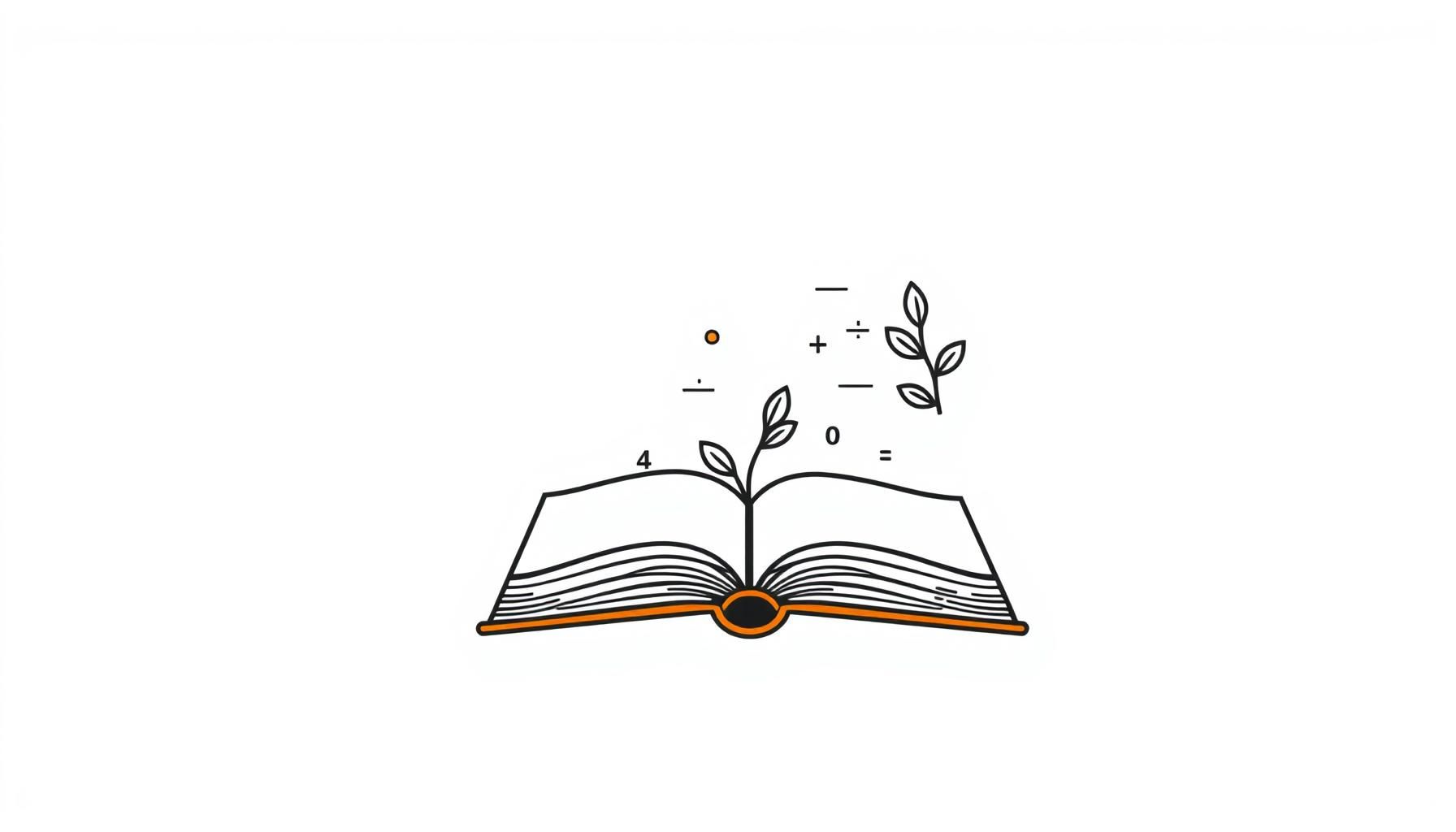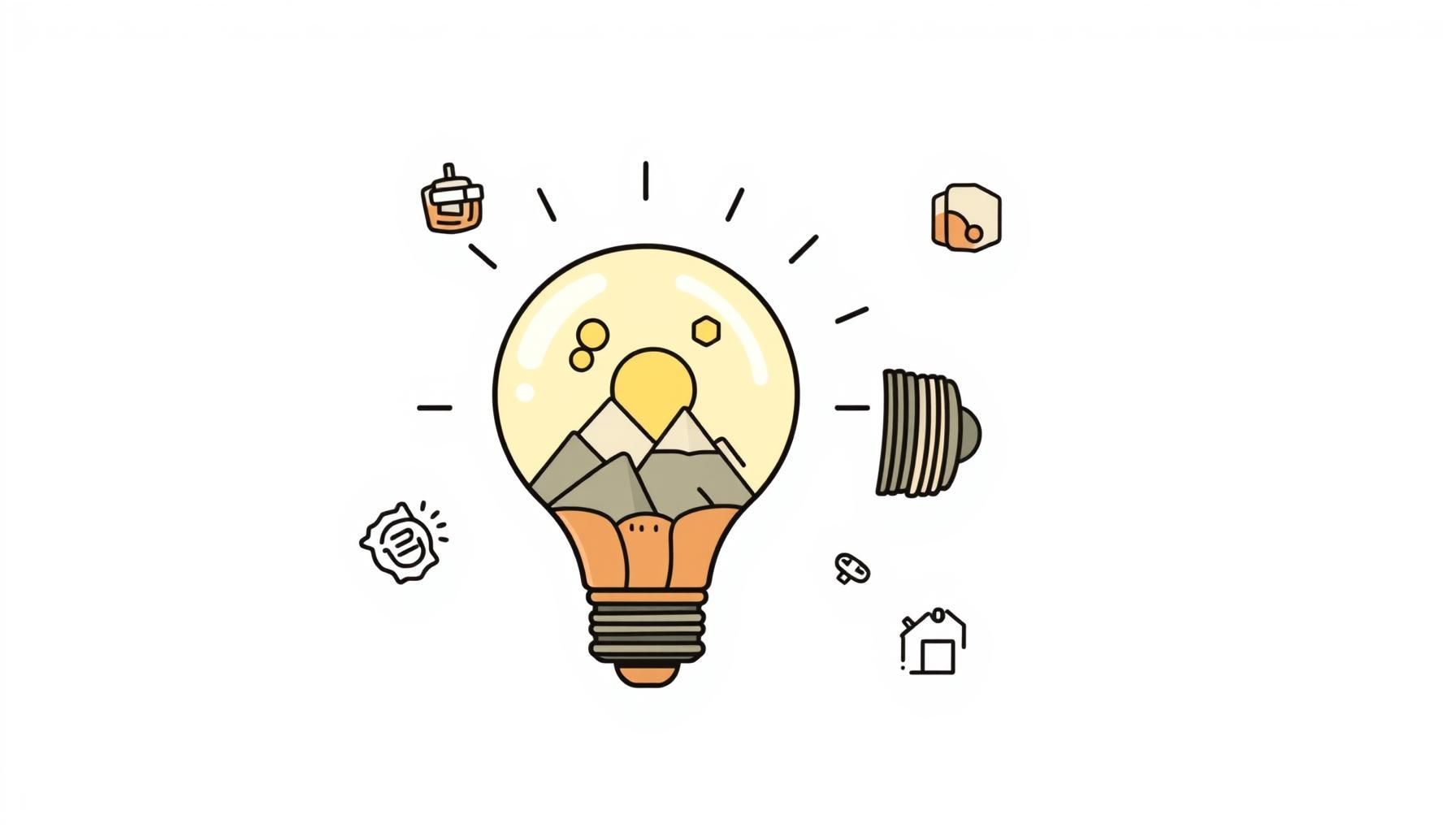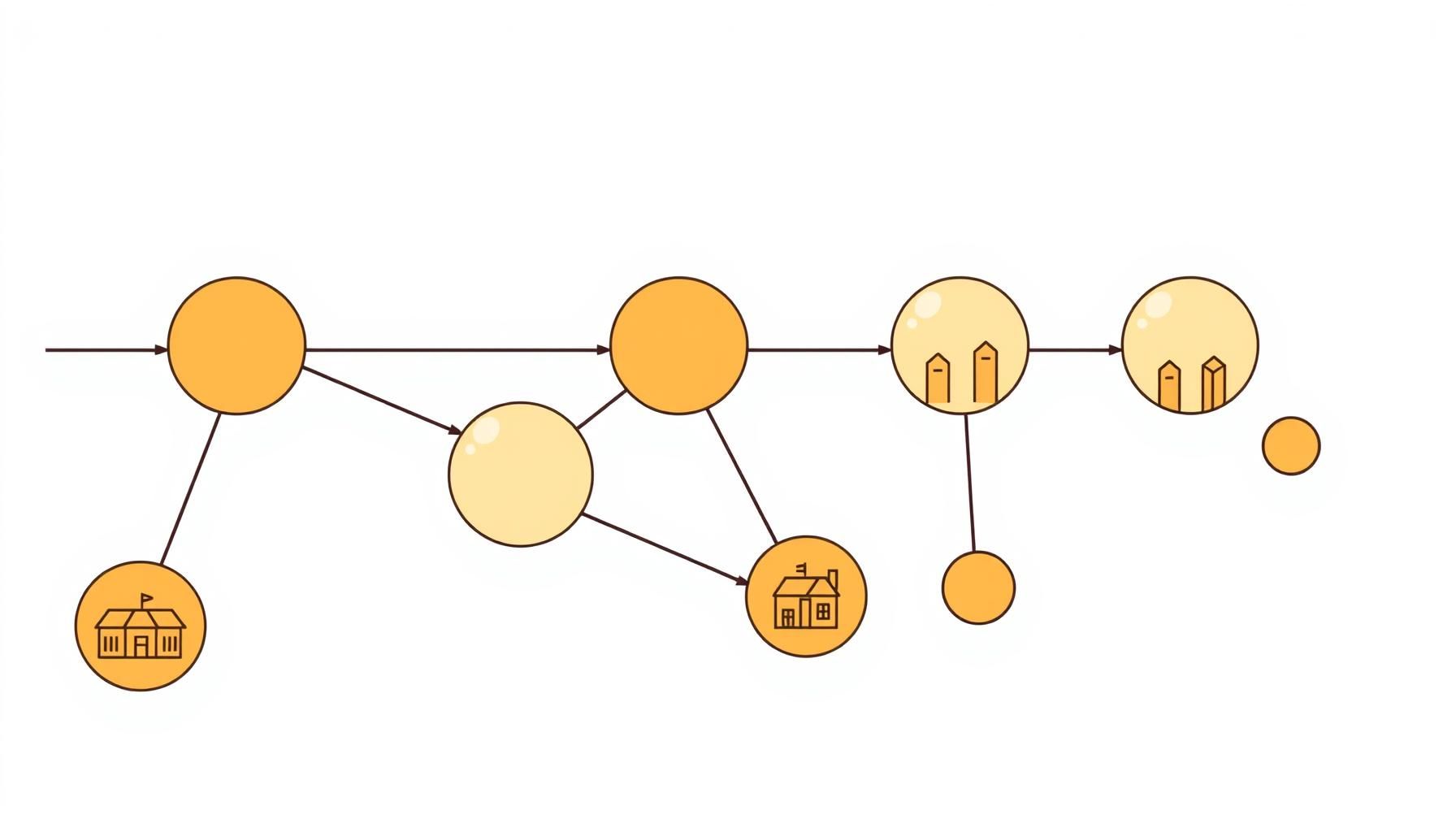
That stomach-dropping moment when your kid’s pencil hovers mid-equation—what if AI tools could turn those stressful homework knots into relief? San Diego State University isn’t just adopting tech; they’re quietly rebuilding learning foundations to make space for real curiosity. Their approach? Removing digital friction so bedtime stories win over frantic fact-checking. I watched it work firsthand when our girl’s tablet math speedrun revealed a hidden hour for shadow puppets. Let’s unpack how classrooms revisiting equation-solving could protect your family’s post-dinner discovery time.
Does AI Homeroom Efficiency Mean More Backyard Discovery?

SDSU didn’t just drop Chromebooks on desks like we drop LEGO bricks after movie night. They gently introduced Google’s learning tools as training wheels kids already recognize from Saturday morning cartoons. Students glide through work—auto-summarizing readings or decoding math logics—freeing up mental energy for block-tower innovation. Early studies showed teens hitting sack lunches before dinnertime routines, swapping late-night cramming for cozy campfire time with glowing apps or weekend hikes with dog-eared maps.
You’d know this rhythm watching toddlers playing architect with Duplo: kids invent better when grownups sort baseline pieces. Tools handling the basic crunch mean that favorite blue whale documentary no longer needs parental warning bells. Think about those closet conversations burning later when worksheet pressure lifts. Isn’t it wild how family-dinner storytelling might share that space once dominated by fraction drills? Which brings us to 7pm homework territory have you ever secretly pocketed counting bears for after-dinner fun?
Digital Guardianship Crafted From Bedtime Stories

Check this SDSC masterclass: They baked safety lessons into their AI launch like we snack-proof pencil cases before sleepovers. Youngsters learn digital footprints alongside algorithms—how to harness tech brilliance while protecting report card boundaries. One counselor compared it to checking pool depths before cannonballing: ”Want these tools to lift them, not sink them.” Haven’t we rant-sighed through similar talks about TikTok filters?
You know how it goes — those shadow puppet shows seem so genius until someone kicks the curtain down. SDSU’s approach solved midnight math meltdowns we once tackled with fact flashcards. Their sophomore class designed a tech manners pact kids follow like a backpack checklist. Result? Parents report homework time now ends organically before dessert presents… through triangulation calculations 30 mins ahead. These classroom habits ripple outward — see how SDSU shared their training wheels the night we re-read Rudyard Kipling bedtime math stories before bedtime. Which inspires the question: Could tiny tech helpers rival BBQ scheduling calendars?
Beyond Campus Walls: Cultivating Discovery Networks?

Here’s what local community champions celebrate: SDSU opened their instruction manuals like family recipe drawers. They formed alliances with community colleges crafting surveys, ethical matrices, and blueprint templates we see at PTA meetings — because why trap solutions behind ivory tower locks when play spaces thrive through sharing? It mirrors Crescent Hill Elementary’s summer swap box for discovery quests.
But when schools hoard these strategies even inside grade books, it shows. Perpetuates scarcity thinking that punishes homework printouts like movie-night babysitters. SDSU’s chain reaction—connecting digital sandboxes across institutions—shows another path where collective learning expands morning ritual possibilities. It hit me watching our girl invent floating flag decorations using tablet sketch tools: revelation lives in conveniences passed forward without shame.
Let’s close with this reflection: Tools alone won’t activate coaster inventions. It takes family fieldwork practicing courage, kindness, and the bold bedtime whisper “We’ve got your back, even in space.” SDSU’s blueprint proves that playground-tested resilience starts with parents like us—designing your own family GPS for play and growth. Swap rubric perfection for those magnificent glue stick margin messes that let imaginations soar. So remember – tools work best when we keep discovering together.
Source: San Diego State University’s AI education story, Blog Google, August 14, 2025
